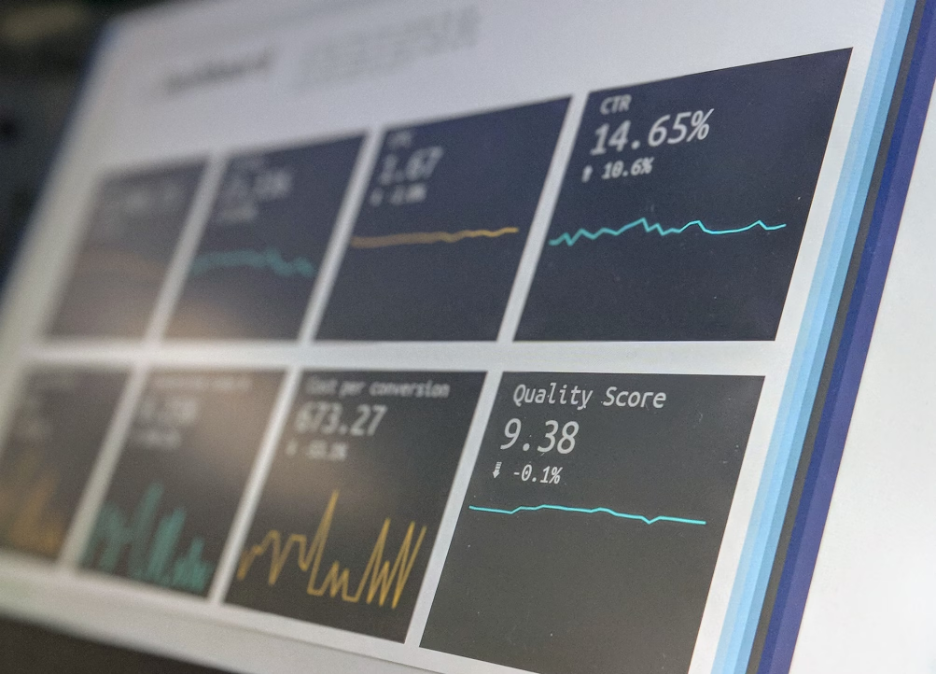As you might imagine, data engineering relies on hard facts and, of course, data. Consequently, a way needs to be found to define how that data is structured and used to prevent issues when it is updated or changed. Enter the data contract, which is a critical element that ensures seamless data integration and integrity across various systems and applications. These contracts define the structure, format, and rules governing the exchange of data between different components of a data pipeline. By establishing clear guidelines and expectations, data contracts facilitate effective communication and collaboration among teams that enable them to build solutions that are reliable and scalable.
This guide will dig into the intricacies of these contacts, exploring their significance, best practices, and practical applications.
Why Your Data Stack Needs Contracts
Data contracts play a crucial role in ensuring the integrity of your data stack. Maintaining consistent structures and schemas becomes increasingly vital as data pipelines become increasingly complex, with multiple sources, transformations, and consumers. The fundamentals of data contracts include the ability to define an expected format, structure, and rules for data flowing through your system, acting as a shared agreement between producers and consumers. Even minor schema changes can ripple through your data ecosystem without data contracts, causing downstream applications and processes to break unexpectedly. This can lead to data inconsistencies, incorrect analysis, and, ultimately, a loss of trust in your data. By implementing data contracts, you establish a standardized language for describing and validating data, enabling seamless communication between different components of your data stack.
Moreover, they facilitate a far more collaborative and transparent approach among teams which we will get to later on. However, the fact that they allow developers and analysts to work more efficiently is a critical component in dramatically minimizing misunderstandings that could jeopardize operations. Essentially, with well-defined contracts, you can easily~:
- Track data lineage: The process of tracking the flow of data over its entire existence to understand where a piece of data originated, how it was modified along the journey, and where it eventually ends up.
- Identify discrepancies: Data contracts aim to minimize discrepancies by establishing clear expectations for the data. When discrepancies occur, it highlights a potential issue in the data lifecycle, prompting an investigation and potentially triggering alerts or notifications depending on the severity of the discrepancy.
- Anticipate the impact of changes: Data contracts can’t directly predict the future impact of all changes, but they do set the stage for a proactive approach to change management in data pipelines.
How Data Contracts Save Your Dashboards
Data dashboards are powerful tools for visualizing and analyzing critical business metrics. However, their effectiveness relies heavily on the quality and consistency of the underlying data. Even minor changes in data structures or schemas can cause dashboards to display inaccurate or misleading info, leading to incorrect decisions and potential business impacts. As you might imagine by now, data contacts play a vital role in safeguarding the integrity of your dashboards by establishing a shared understanding of the format and results between data producers and consumers. By defining the expected structure, types, and constraints for each dataset, data contracts ensure that the data feeding your dashboards adhere to a consistent agreed-upon standard. When data contracts are in place, any changes to the format can be reality identified and addressed before they propagate through the system and affect downstream applications like a dashboard.
They Allow Seamless Teamwork
Effective collaboration is vital for maintaining a well-oiled operation. Data contracts facilitate teamwork by creating a shared understanding of structures and requirements across different teams. In a typical pipeline, multiple teams are involved, including engineers, analysts, and application developers. Each team has its own responsibilities and perspectives, which can lead to misalignments if not correctly managed. Data contracts act as a common language, bridging the gap between these teams by clearly defining the expected data formats, schemas, and validation rules. With such agreements in place, teams can work independently while adhering to the agreed-upon standards.
- Data engineers can focus on building and maintaining reliable data pipelines, knowing that the data they produce will meet the expectations of downstream consumers.
- Analysts can confidently rely on the data they receive, ensuring accurate analysis and reporting.
- Application developers can seamlessly integrate with the data sources, minimizing the risk of compatibility issues or data inconsistencies.
Aside from the collaborative advantages inherent in these contracts, they also promote accountability. By documenting the requirements and responsibilities, teams can easily track dependencies, identify bottlenecks, and collaborate more effectively to resolve issues or disputes.
The Importance Of Data Quality
Inaccurate, inconsistent, or incomplete data can lead to flawed analysis, poor decision-making, and, ultimately, negative business impacts. Data contracts play a crucial role in maintaining high data quality standards throughout your ecosystem. By defining the expected data formats and rules, data contracts ensure that data adheres to a consistent and agreed-upon structure. This consistency minimizes the risk of data inconsistencies, which can arise from various sources, such as human error, system glitches, or integration issues.
Leveraging Data Contracts To Strengthen Your Data Architecture
Data contracts are a vital component of a well-designed data architecture. They establish a standardized language for describing and validating data, enabling seamless communication between different elements of your data ecosystem. They ensure that data flows consistently throughout your architecture, minimizing the risk of data inconsistencies, broken integrations, or compatibility issues arising from misaligned data structures. Incorporating data contracts into your data architecture promotes modularity, scalability, and maintainability. As your data needs evolve, well-defined contracts make introducing new data sources, modifying existing pipelines, or integrating with external systems easier, ensuring a flexible and adaptable architecture.
Implementing Data Contracts For Enhanced Security
Data security is a critical concern for organizations handling sensitive information. Data contracts can play a vital role in enhancing security measures by establishing clear guidelines and expectations for data handling and access. Data contracts can incorporate security-specific rules and constraints, such as data encryption requirements, access control policies, or data masking protocols. These rules can be enforced at various data pipeline stages, ensuring that sensitive data is adequately protected throughout its lifecycle.
Any data environment’s integrity, safety, and efficacy depend on data contracts. To avoid problems caused by data misalignments or inconsistencies, implement data contracts as a preventative measure for controlling data pipelines and guaranteeing consistent data flow.


